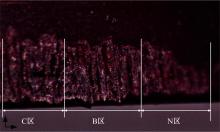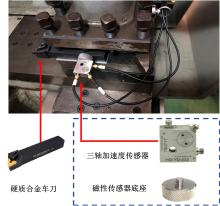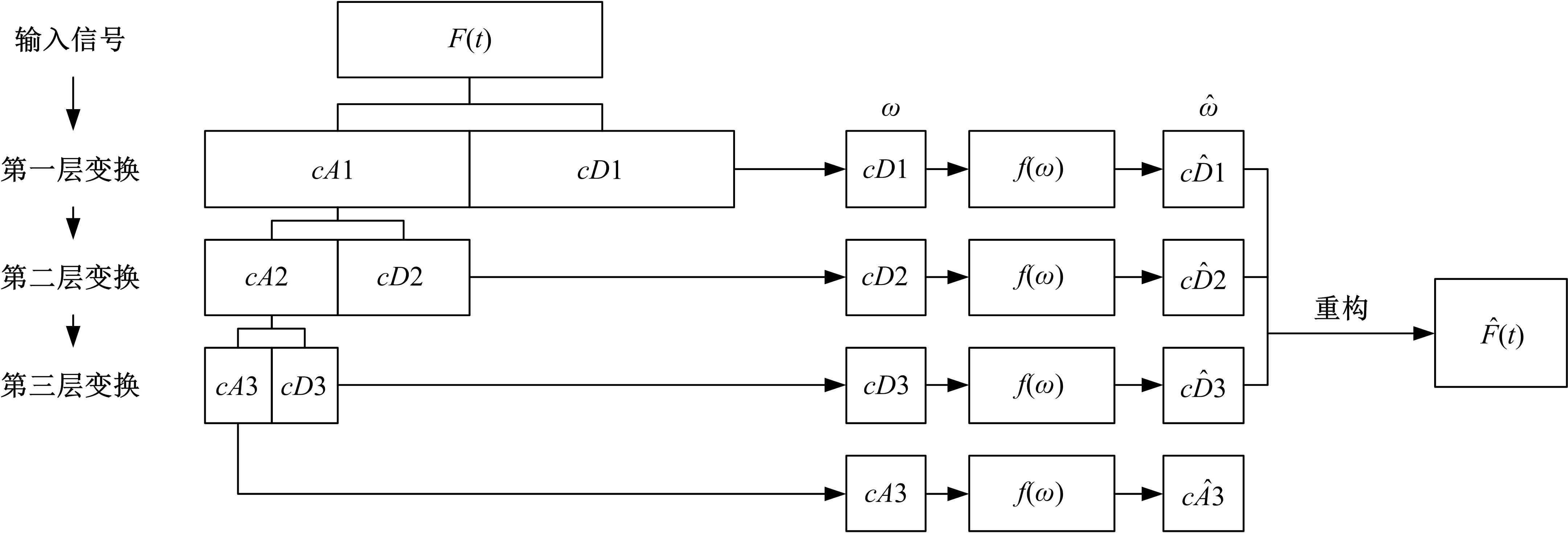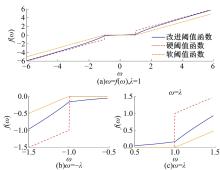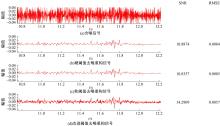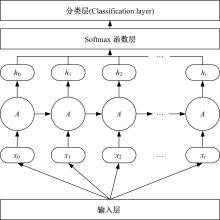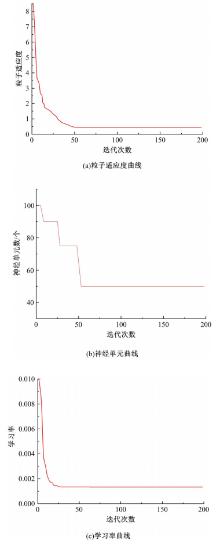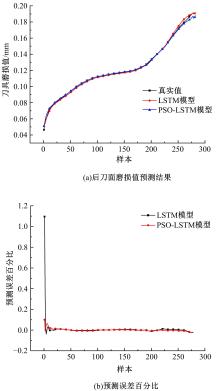Journal of Jilin University(Engineering and Technology Edition) ›› 2023, Vol. 53 ›› Issue (4): 989-997.doi: 10.13229/j.cnki.jdxbgxb.20210778
Previous Articles Next Articles
Tool wear prediction method based on particle swarm optimizationlong and short time memory model
Fei WU( ),Hao-ye NONG,Chen-hao MA
),Hao-ye NONG,Chen-hao MA
- School of Mechanical and Electrical Engineering,Wuhan University of Technology,Wuhan 430070,China
CLC Number:
- TP183
| 1 | Kurada S, Bradley C. A review of machine vision sensors for tool condition monitoring[J]. Computers in Industry, 1997, 34(1): 55-72. |
| 2 | Mobley R K. An Introduction to Predictive Maintenance [M]. New York: Elsevier, 2002. |
| 3 | Gao D, Liao Z R, Lv Z, et al. Multi-scale statistical signal processing of cutting force in cutting tool condition monitoring[J]. The International Journal of Advanced Manufacturing Technology, 2015, 80(9): 1843-1853. |
| 4 | Antić A, Šimunović G, Šarić T, et al. A model of tool wear monitoring system for turning[J]. Tehnicki vjesnik/Technical Gazette, 2013, 20(2): 247-254. |
| 5 | Moia D F G, Thomazella I H, Aguiar P R, et al. Tool condition monitoring of aluminum oxide grinding wheel in dressing operation using acoustic emission and neural networks[J]. Journal of the Brazilian Society of Mechanical Sciences and Engineering, 2015, 37(2): 627-640. |
| 6 | 吴雪峰, 刘亚辉, 毕淞泽. 基于卷积神经网络刀具磨损类型的智能识别[J]. 计算机集成制造系统, 2020, 26(10): 2762-2771. |
| Wu Xue-feng, Liu Ya-hui, Bi Song-ze. Intelligent recognition of tool wear type based on convolutional neural networks[J]. Computer Integrated Manufacturing Systems, 2020, 26(10): 2762-2771. | |
| 7 | Mohanraj T, Shankar S, Rajasekar R, et al. Tool condition monitoring techniques in milling process — a review[J]. Journal of Materials Research and Technology, 2020, 9(1): 1032-1042. |
| 8 | Cheng M H, Jiao L, Shi X C, et al. An intelligent prediction model of the tool wear based on machine learning in turning high strength steel[J]. Journal of Engineering Manufacture, 2020, 234(13): 1580-1597. |
| 9 | Kong D D, Chen Y J, Li N. Gaussian process regression for tool wear prediction[J]. Mechanical Systems and Signal Processing, 2018, 104: 556-574. |
| 10 | Du M H, Wang P X, Wang J H, et al. Intelligent turning tool monitoring with neural network adaptive learning[J]. Complexity, 2019(5A): 1-21. |
| 11 | Kong D D, Chen Y J, Li N, et al. Tool wear estimation in end milling of titanium alloy using NPE and a novel WOA-SVM model[J]. IEEE Transactions on Instrumentation and Measurement, 2020, 69(7): 5219-5232. |
| 12 | Yen C L, Lu M C, Chen J. Applying the self-organizing feature map (SOM) algorithm to AE-based tool wear monitoring in micro-cutting[J]. Mechanical Systems and Signal Processing, 2013, 34(1/2): 353-366. |
| 13 | Ertunc H M, Loparo K A, Ocak H. Tool wear condition monitoring in drilling operations using hidden Markov models (HMMs)[J]. International Journal of Machine Tools and Manufacture, 2001, 41(9): 1363-1384. |
| 14 | 郭亮, 高宏力, 张一文, 等. 基于深度学习理论的轴承状态识别研究[J]. 振动与冲击, 2016, 35(12): 166-170, 195. |
| Guo Liang, Gao Hong-li, Zhang Yi-wen, et al. Research on bearing condition monitoring based on deep learning[J]. Journal of Vibration and Shock, 2016, 35(12): 166-170, 195. | |
| 15 | Huang Z, Zhu J, Lei J, et al. Tool wear predicting based on multi-domain feature fusion by deep convolutional neural network in milling operations[J]. Journal of Intelligent Manufacturing, 2020, 31(4): 953-966. |
| 16 | Ma J, Luo D, Liao X, et al. Tool wear mechanism and prediction in milling TC18 titanium alloy using deep learning[J]. Measurement, 2021, 173: No. 108554. |
| 17 | Kong D, Chen Y, Li N. Monitoring tool wear using wavelet package decomposition and a novel gravitational search algorithm⁃least square support vector machine model[J]. Journal of Mechanical Engineering Science, 2019, 234(3): No. 095440621988731. |
| 18 | Xie Y, Zhang C, Liu Q. Tool wear status recognition and prediction model of milling cutter based on deep learning[J]. IEEE Access, 2020(9): 1616-1625. |
| 19 | Cheng M H, Jiao L, Shi X C, et al. An intelligent prediction model of the tool wear based on machine learning in turning high strength steel[J]. Proceedings of the Institution of Mechanical Engineers Part B Journal of Engineering Manufacture, 2020, 234(13): 1580-1597. |
| 20 | EN 10084-2008. Case hardening steels⁃technical delivery conditions [S]. |
| 21 | . Tool-life testing with single-point turning tools [S]. |
| [1] | Wen-li JI,Zhong TIAN,Jing CHAI,Ding-ding ZHANG,Bin WANG. Prediction of water⁃flowing height in fractured zone based on distributed optical fiber and multi⁃attribute fusion [J]. Journal of Jilin University(Engineering and Technology Edition), 2023, 53(4): 1200-1210. |
| [2] | Ke HE,Hai-tao DING,Xuan-qi LAI,Nan XU,Kong-hui GUO. Wheel odometry error prediction model based on transformer [J]. Journal of Jilin University(Engineering and Technology Edition), 2023, 53(3): 653-662. |
| [3] | Jin-wu GAO,Zhi-huan JIA,Xiang-yang WANG,Hao XING. Degradation trend prediction of proton exchange membrane fuel cell based on PSO⁃LSTM [J]. Journal of Jilin University(Engineering and Technology Edition), 2022, 52(9): 2192-2202. |
| [4] | Xiao-ying LI,Ming YANG,Rui QUAN,Bao-hua TAN. Unbalanced text classification method based on deep learning [J]. Journal of Jilin University(Engineering and Technology Edition), 2022, 52(8): 1889-1895. |
| [5] | Xuan-jing SHEN,Xue-feng ZHANG,Yu WANG,Yu-bo JIN. Multi⁃focus image fusion algorithm based on pixel⁃level convolutional neural network [J]. Journal of Jilin University(Engineering and Technology Edition), 2022, 52(8): 1857-1864. |
| [6] | Dan HU,Xin MENG. Vessel search method by earth observation satellite based on time⁃varying grid [J]. Journal of Jilin University(Engineering and Technology Edition), 2022, 52(8): 1896-1903. |
| [7] | Ming-hua GAO,Can YANG. Traffic target detection method based on improved convolution neural network [J]. Journal of Jilin University(Engineering and Technology Edition), 2022, 52(6): 1353-1361. |
| [8] | Wen-ying GAO,Jing LIN,Bao-fa LI,Wei WANG,Shi-yan GU. Vibration characteristics analysis and structural optimization of straw deep bury and returning machine [J]. Journal of Jilin University(Engineering and Technology Edition), 2022, 52(4): 970-980. |
| [9] | Ji-hong OUYANG,Ze-qi GUO,Si-guang LIU. Dual⁃branch hybrid attention decision net for diabetic retinopathy classification [J]. Journal of Jilin University(Engineering and Technology Edition), 2022, 52(3): 648-656. |
| [10] | Jian-jun NIE,Xiu-peng YAN,Zong-zheng MA,Xiao-lin XIE,Jia-jie GUO,Ya-lei LYU. Design and trafficability analysis of new bow waist mobile chassis [J]. Journal of Jilin University(Engineering and Technology Edition), 2022, 52(3): 515-524. |
| [11] | Lin SONG,Li-ping WANG,Jun WU,Li-wen GUAN,Zhi-gui LIU. Reliability analysis based on cyber⁃physical system and digital twin [J]. Journal of Jilin University(Engineering and Technology Edition), 2022, 52(2): 439-449. |
| [12] | Jie CAO,Jia-lin MA,Dai-lin HUANG,Ping YU. A fault diagnosis method based on multi Markov transition field [J]. Journal of Jilin University(Engineering and Technology Edition), 2022, 52(2): 491-496. |
| [13] | Ren-yan JIANG,Bin-bin XIONG. Modelling degradation processes of machine tools using an equivalent processing time model [J]. Journal of Jilin University(Engineering and Technology Edition), 2022, 52(2): 483-490. |
| [14] | Yang YAN,Zi-ru YOU,Yuan YAO,Wen-bo HUANG. Classification and recognition of retinal vessels based on attention U⁃Net [J]. Journal of Jilin University(Engineering and Technology Edition), 2022, 52(12): 2933-2940. |
| [15] | Jun YANG,Zhi-ming GAO. Dense correspondence calculation of 3D models based on unsupervised deformed network [J]. Journal of Jilin University(Engineering and Technology Edition), 2022, 52(12): 2971-2983. |
|
||
